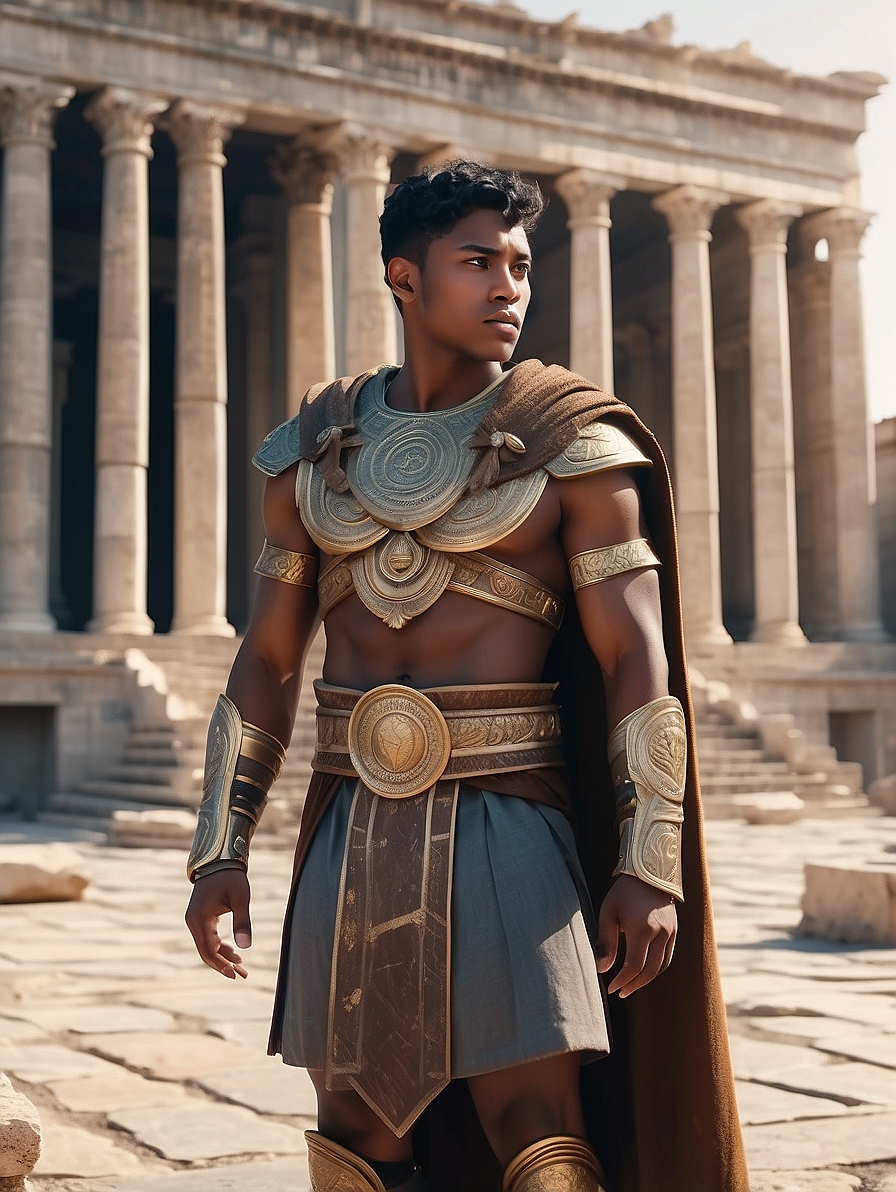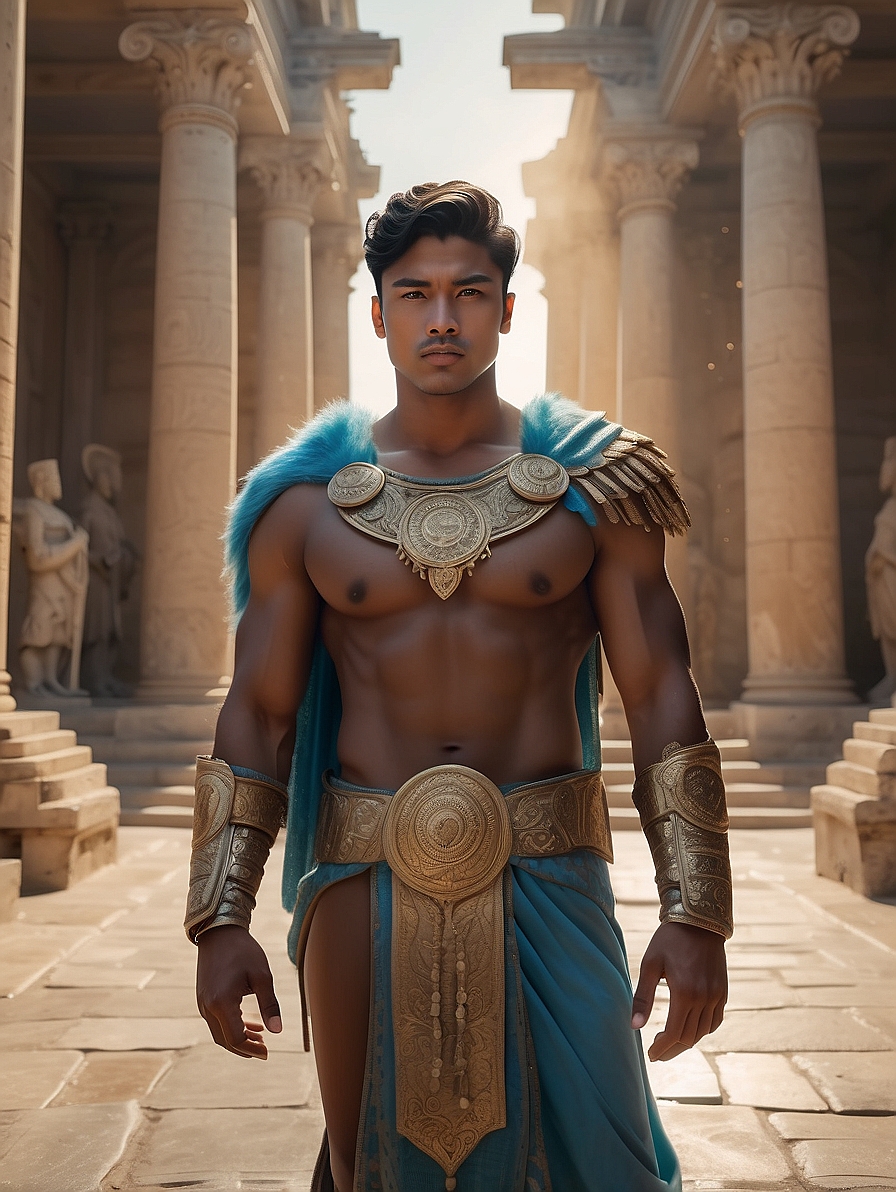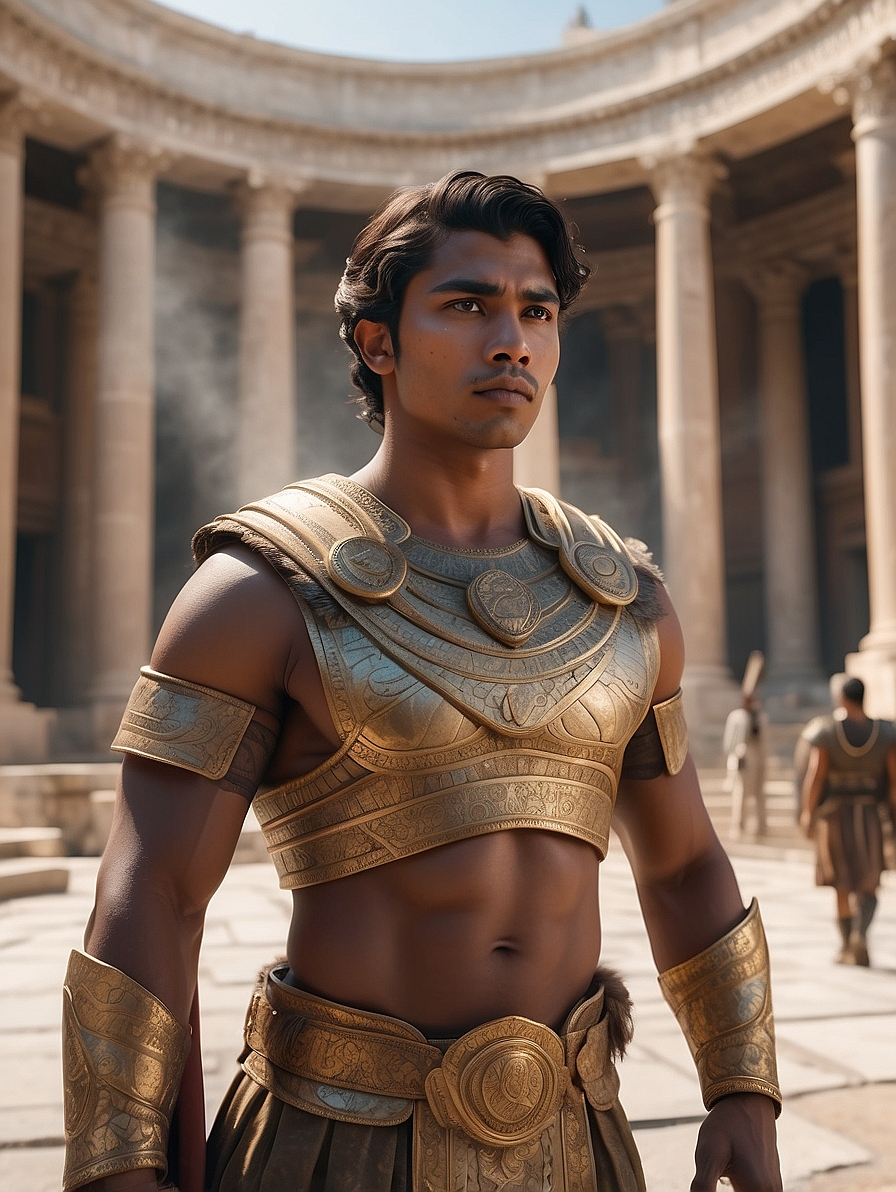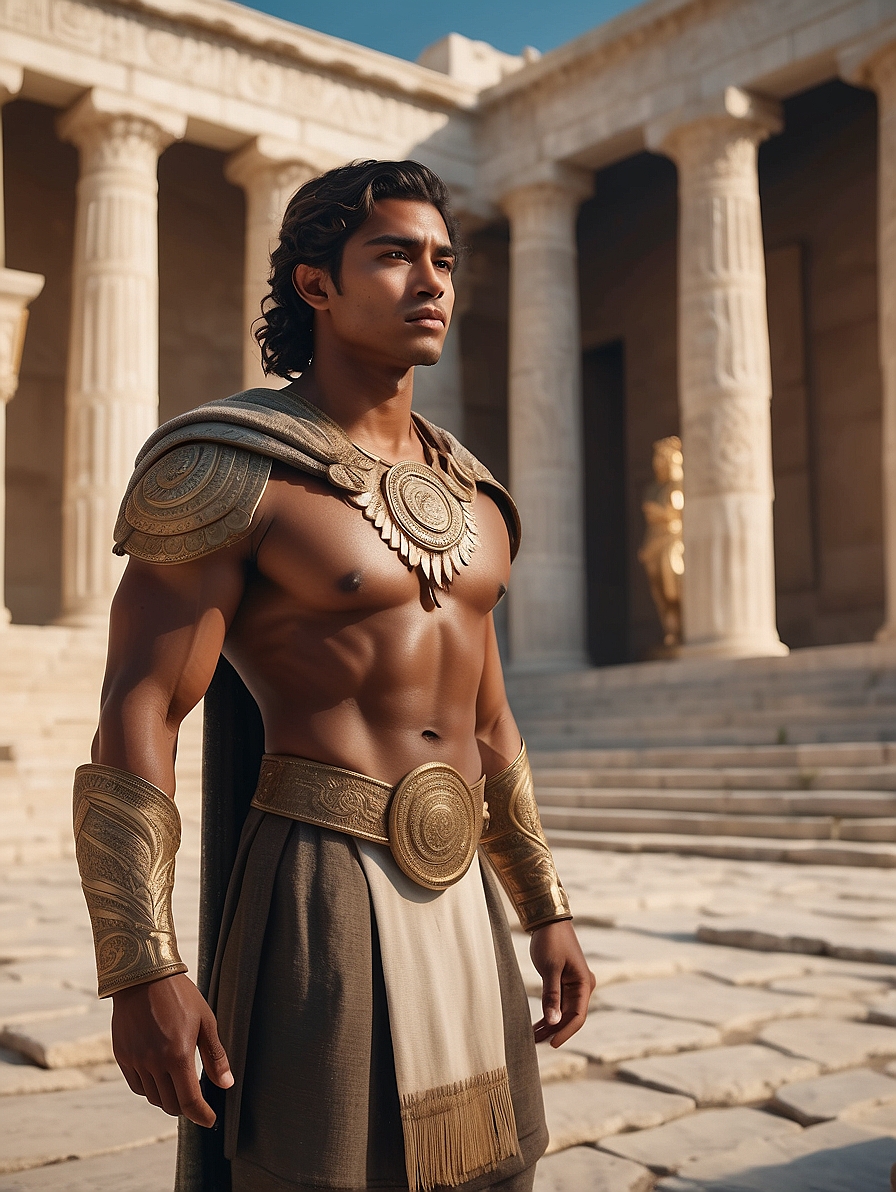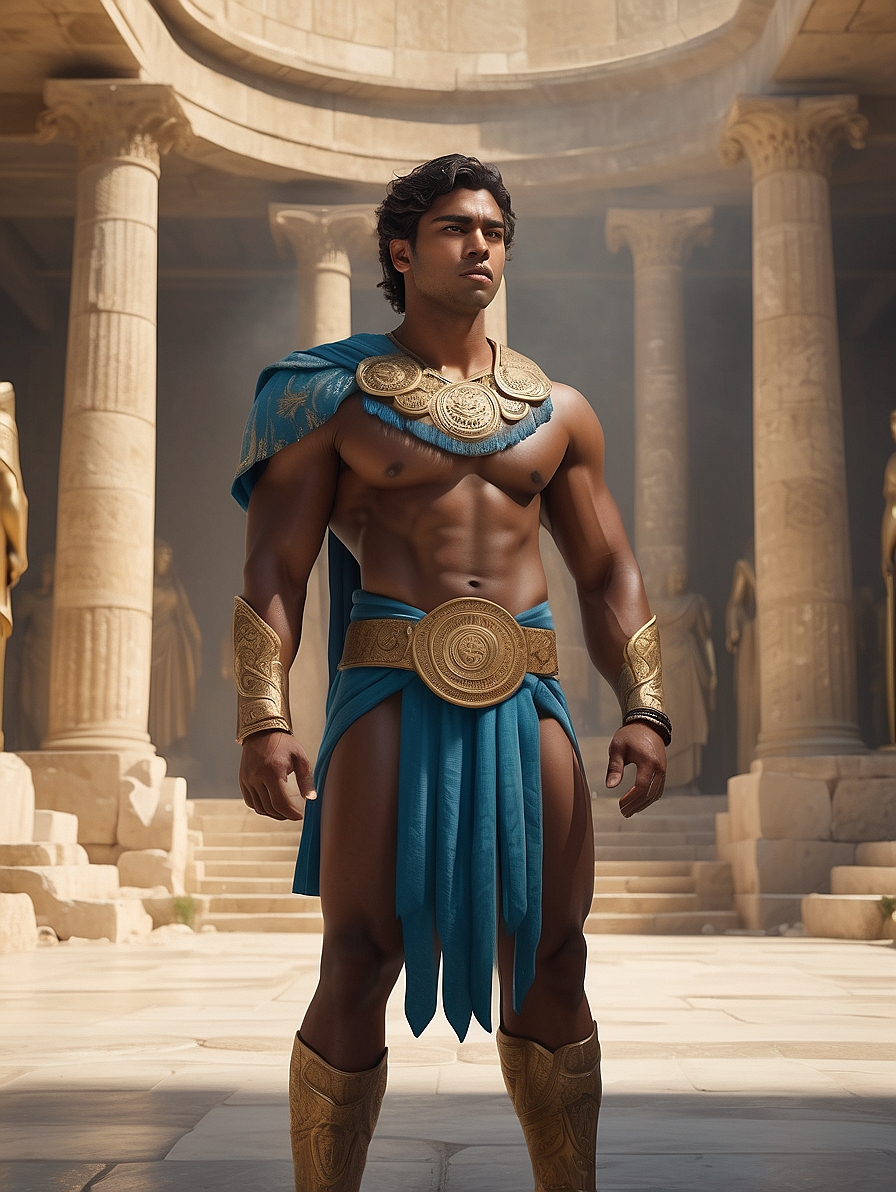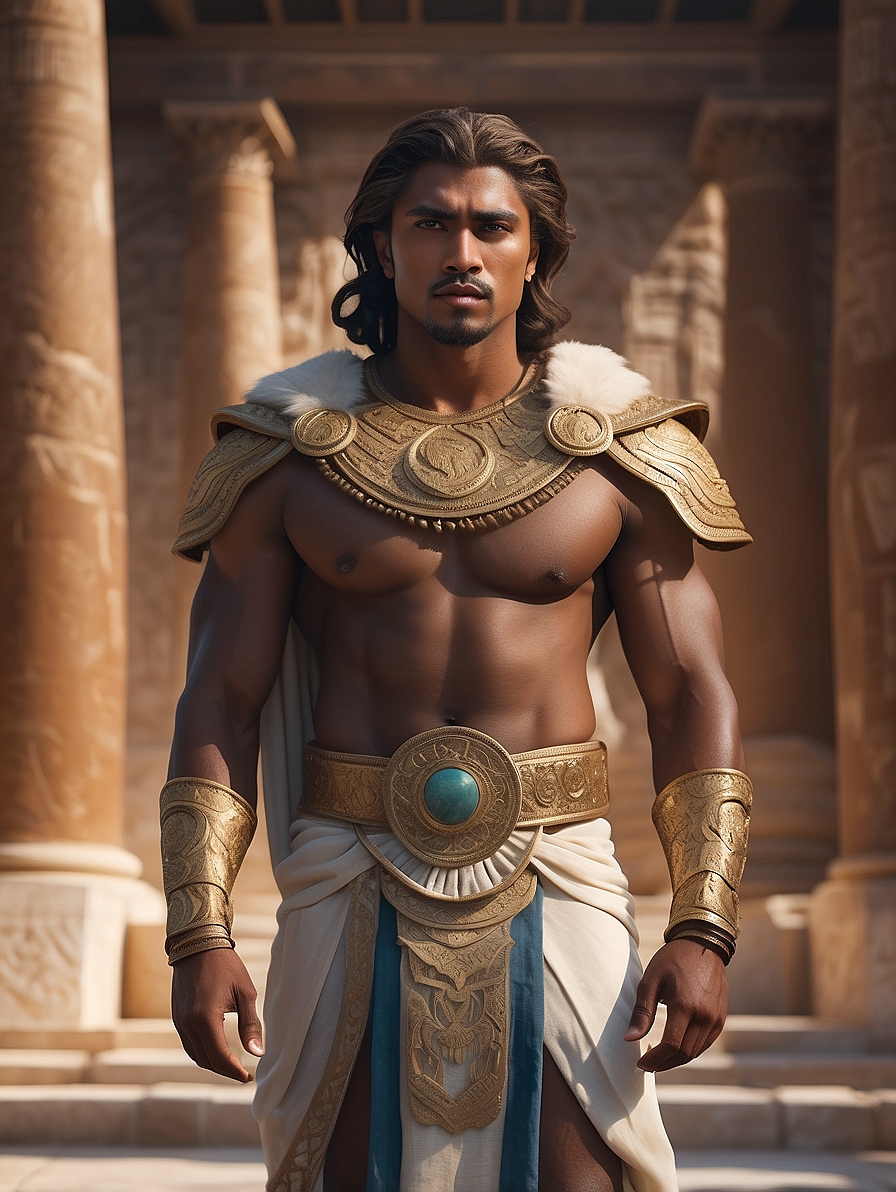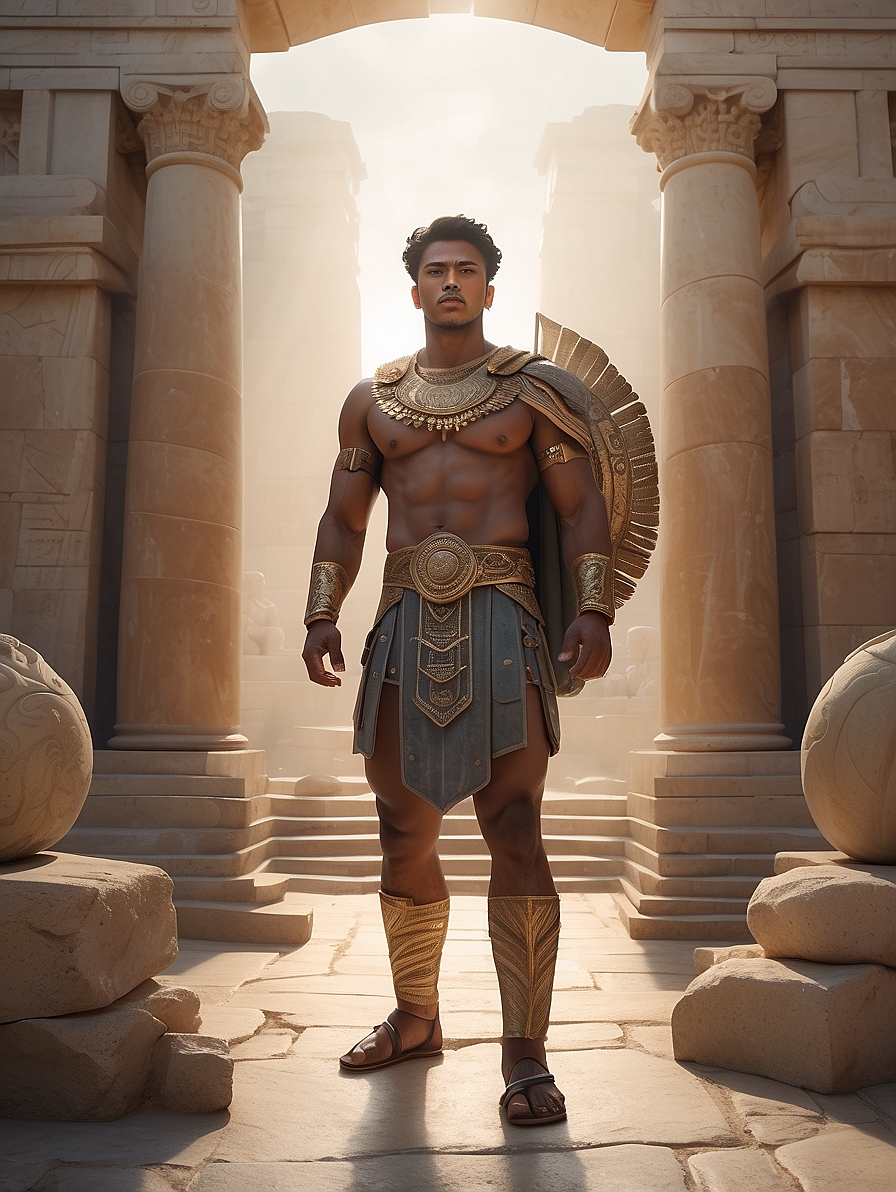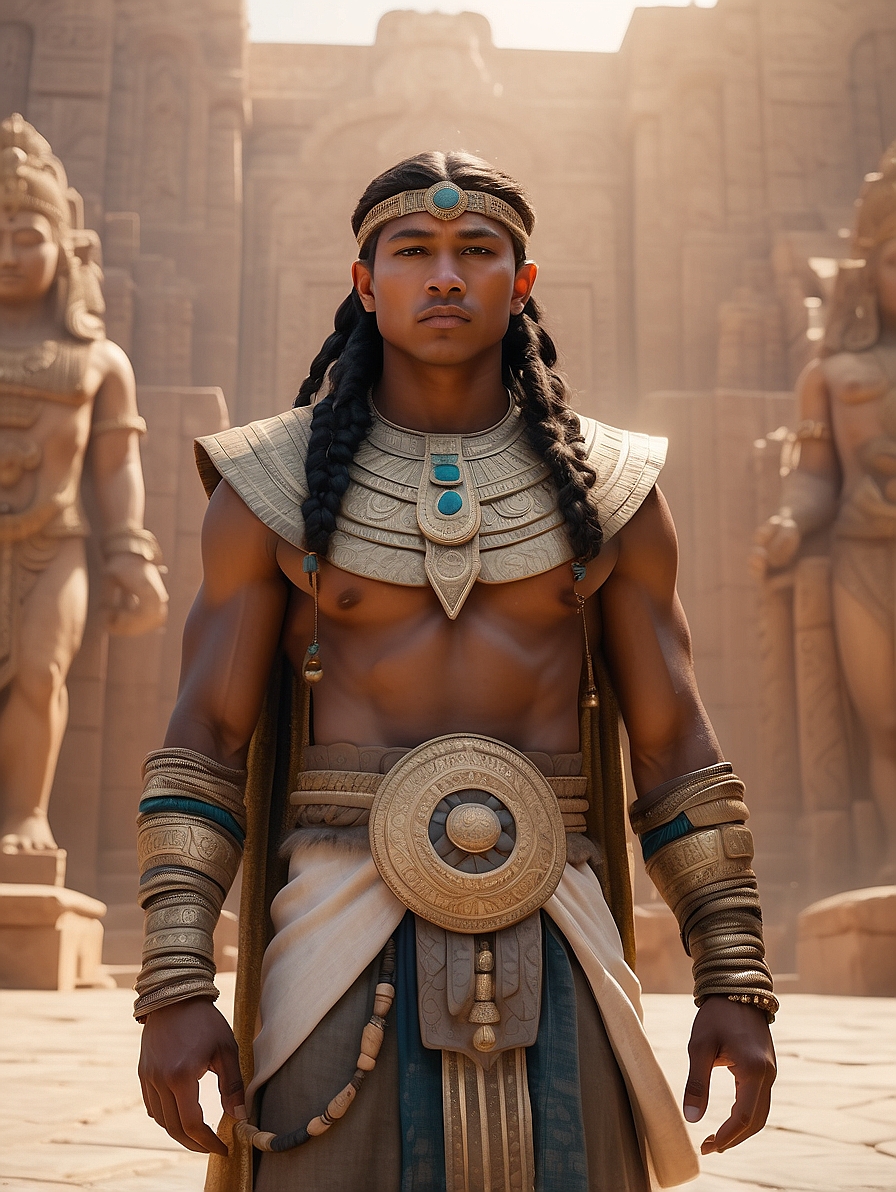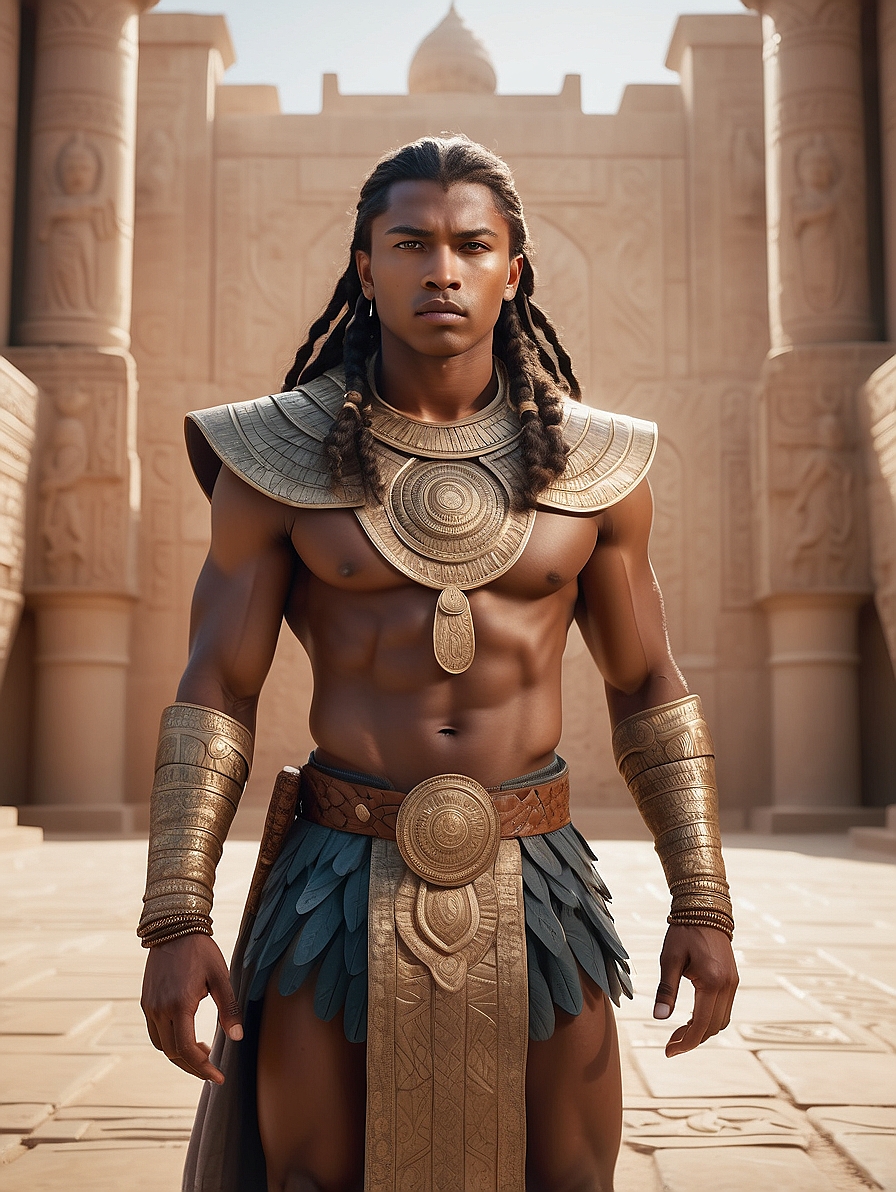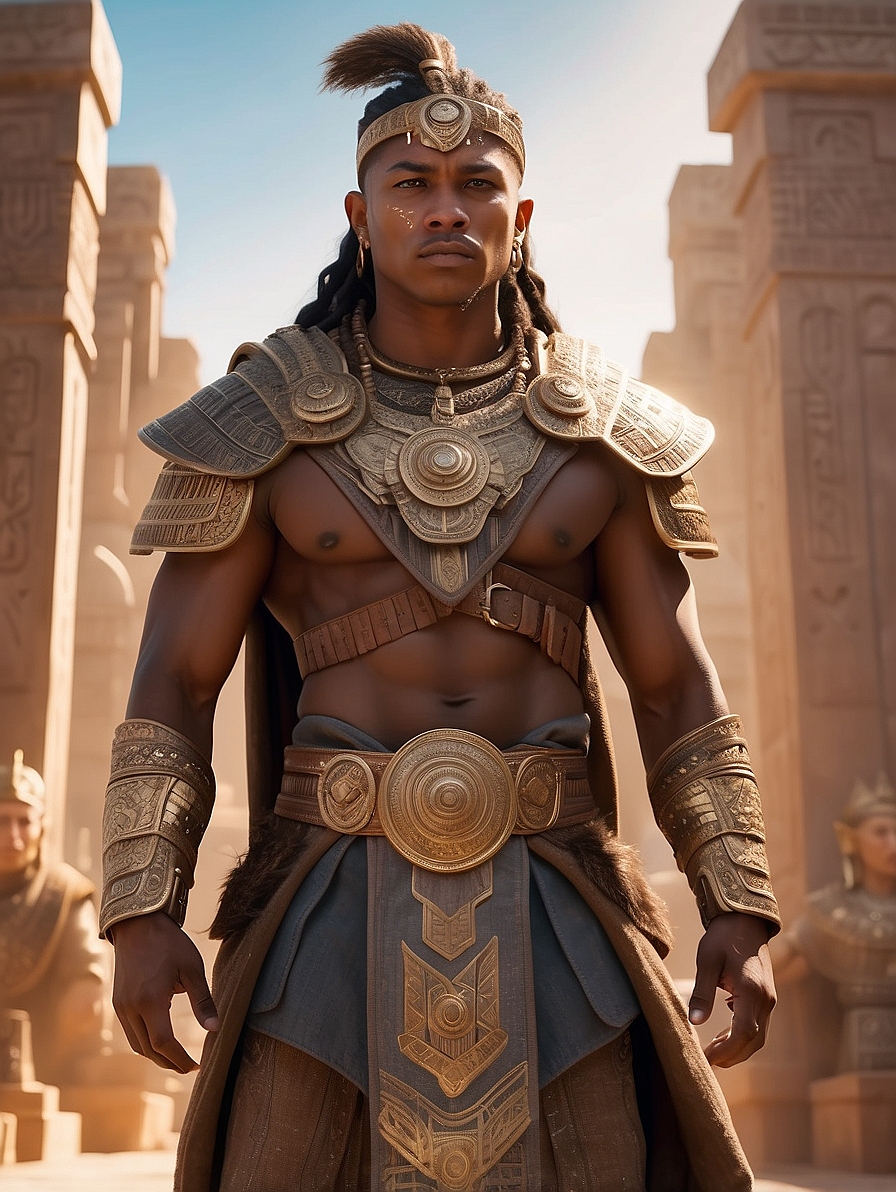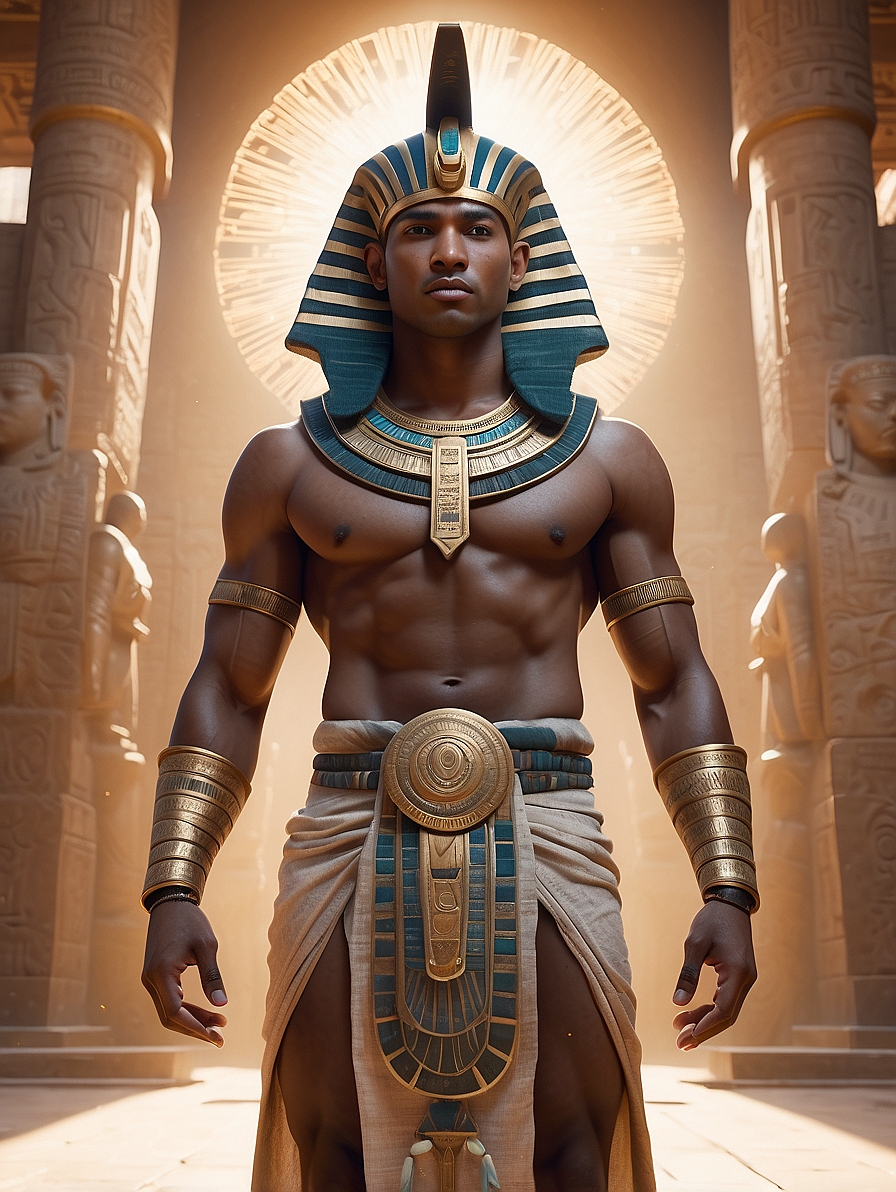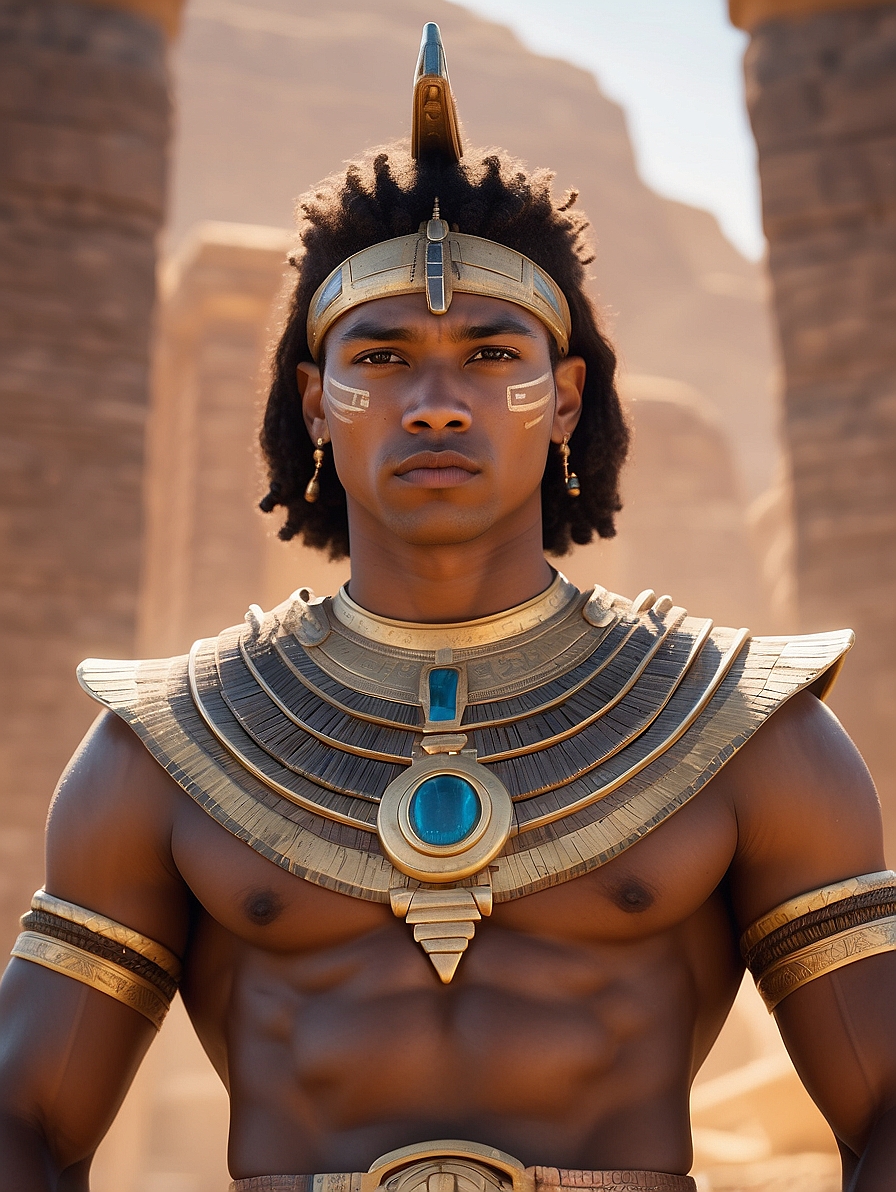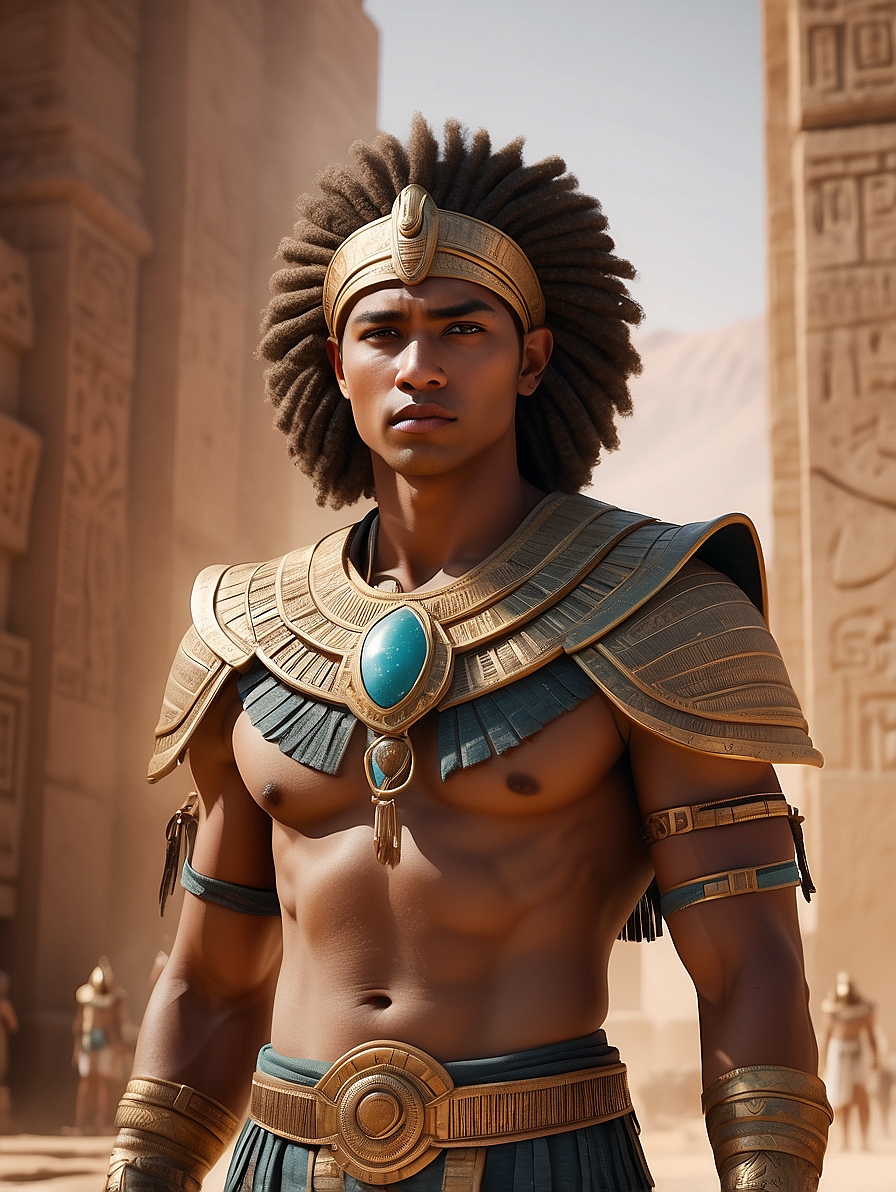History of Hauron
Horus the Younger
Hauron was born in the lands of Kemet on Earth 3.0 before the creation of the Chronoverses. He is the son of Osiris, the Maalik, and Isis, the Scribe. He was born after his father was killed by Sutekh. Isis would impregnate herself with the semen of the dead Osiris to bring forth a child who would become ruler of the lands and seek vengeance on his father’s behalf. He was also known as the master of the Great Sphinx of Giza.
His mother would name him Hauron and give him the title Horus the Younger after Horus the Elder who helped her find the body of Osiris. He was given the name to honor the loyalty of Horus to their master and the Lord of the Duat, Osiris.
Belphegor, Lord of the Gap
Hauron would later take on the name of Baāl-Phaāuar, which would be modernized as Belphegor, and meant “Lord of the Gap.” He would start going by Pheor (also spelled Peor), Phegor, and Pehor. He was known as a prince of the underworld and would help people make discoveries.
Further, he seduces people by proposing incredible inventions that will make them rich. Popular opinion was that he tempts people through laziness and was a friend to Bayt Atzlut, or House of Sloth.
However, before that point he was most notably the god of the Moabites and was associated with intemperance and orgies. When invoked he can bestow wealth, power to make discoveries and make fantastic inventions. His role as a demon was to sow dispute between people, and to lead them to evil through the distribution of wealth.
The Prince of Qur
When the Egyptians entered the scene of power he would be born. He would be known as Hauron but gain the title of Heru-pa-khered (Horus the Younger). Tot he Ptolemaic Greeks he would later become known as Harpocrates. Under his rule Upper Kemet and Lower Kemet would be reunited and his father, Osiris, avenged. He is a form of the rising sun, representing its earliest light. To the Ptolemaic Greeks he was known as the god of silence, secrets, and confidentiality. He would later become the emobdiment of hope to the people of the Hellenistic community.
By the Greeks he was called Ploûtos, the god and the personification of wealth; the Romans called him by the name of Plutus. He was primarily associated with agricultural prosperity and material riches. He represents the bounty of the earth, providing wealth in the form of crops and resources. His depiction often includes a cornucopia, symbolizing abundance, and he is shown as either a young man or a child, symbolizing the generosity and carelessness with which wealth is distributed.













